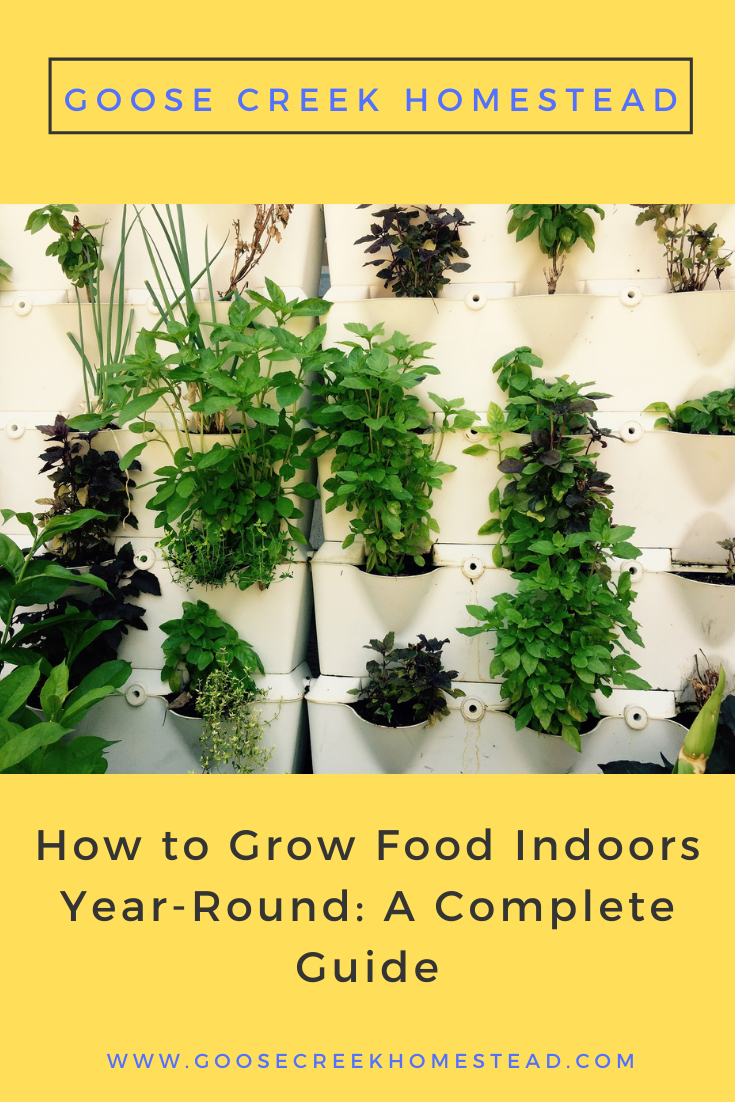Indoor Year-Round Food Growing Guide

How to Grow Food Indoors Year-Round: The Ultimate Guide
Growing food indoors isn't just a hobby; it's a pathway to sustainable living. Imagine plucking fresh herbs for your pasta or harvesting crisp lettuce for your salad, all from the comfort of your home. Let's dive into the world of indoor planting and discover how to grow food indoors year-round.
Why Grow Food Indoors?
Before we get our hands dirty, let's talk about why indoor gardening is a game-changer. Indoor planting lets you control the environment, so you're not at the mercy of weather changes. Plus, it's a step towards sustainable living, reducing your carbon footprint by cutting down on food miles.
Setting Up Your Indoor Garden
Choose the Right Spot
First things first, find the perfect location. A south-facing window is ideal, but any spot with plenty of natural light will do. Remember, plants need light to grow, so the brighter, the better.
Pick Your Plants
Not all plants are created equal when it comes to indoor planting. Some indoor herbs and vegetables thrive inside, like:
- Herbs: Basil, parsley, mint, and chives
- Vegetables: Lettuce, spinach, kale, and radishes
- Fruits: Strawberries and dwarf tomatoes
The Nitty-Gritty of Indoor Planting
Containers and Soil
Any container can be a plant pot if it has good drainage. As for soil, a well-draining potting mix is your best bet. Some plants, like herbs, prefer sandier soil, so do your research.
Lighting
Even with a bright window, your plants might need extra light. LED grow lights are energy-efficient and long-lasting. They're a great investment if you're serious about indoor planting.
Watering
Watering indoor herbs and vegetables is a balancing act. Too much, and you'll drown them. Too little, and they'll dry out. Aim for consistently moist soil, like a wrung-out sponge.
Vertical Gardening: Maximizing Space
If floor space is at a premium, look up. Vertical gardening is the art of growing up walls or on shelves. You can use pocket planters, hanging pots, or even mount rain gutters on the wall. Get creative!
Maintaining Your Indoor Garden
Pests and Diseases
Indoor gardens aren't immune to pests and diseases. Keep an eye out for aphids, spider mites, and whiteflies. Regularly inspect your plants and treat any issues promptly.
Pruning and Harvesting
Pruning encourages bushier growth, and harvesting is the best part! Snip herbs as needed, and pick vegetables when they're small for the best flavor.
Advanced Indoor Planting Techniques
Hydroponics
Hydroponics is a soilless growing method that uses nutrient-rich water. It's efficient and eco-friendly, perfect for the dedicated indoor gardener. Check out www.urbanorganicgardener.com for more on hydroponics.
Grow Tents
Grow tents create a controlled environment for your plants. They're great for propagating seeds or growing finicky plants.
Troubleshooting Common Indoor Gardening Problems
Yellowing Leaves
Yellow leaves can signal overwatering, underwatering, or a nutrient deficiency. Check your watering schedule and soil nutrients.
Leggy Plants
Leggy plants aren't getting enough light. Move them to a brighter spot or add a grow light.
Slow Growth
Slow growth can be due to insufficient light, improper temperatures, or poor soil. Diagnose the issue and adjust accordingly.
Conclusion
Growing food indoors year-round is not only possible but rewarding. It's a journey filled with fresh produce, sustainable living, and the joy of nurturing life. So, what are you waiting for? Get planting!
FAQs
What are the best vegetables to grow indoors? Leafy greens like lettuce, spinach, and kale, along with radishes and dwarf tomatoes, thrive indoors.
How much light do indoor plants need? Most indoor herbs and vegetables need at least 6-8 hours of light daily. Some may need up to 14-16 hours.
What's the ideal temperature for indoor plants? Most indoor plants prefer temperatures between 65-75°F (18-24°C) during the day and a drop of about 10°F (5°C) at night.
How often should I water my indoor garden? Watering needs vary, but a good rule of thumb is to water when the top inch of soil feels dry.
Can I grow fruits indoors? Yes! Strawberries and dwarf varieties of citrus trees, tomatoes, and peppers can be grown indoors with the right care.
0 Response to " Indoor Year-Round Food Growing Guide"
Post a Comment